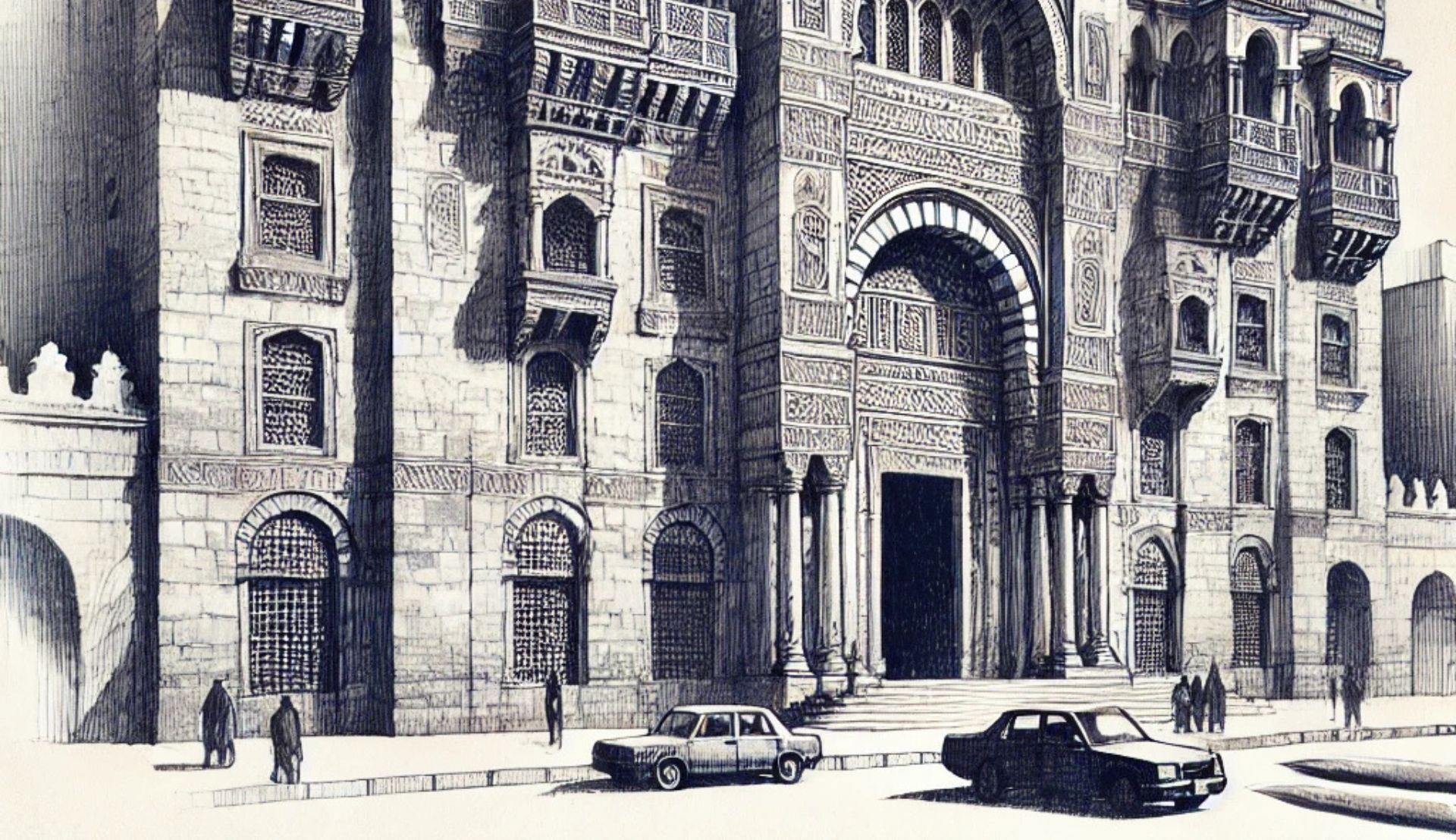Who Was Prince Karim Al-Hussaini, Aga Khan IV
For decades, the name Aga Khan has been synonymous with architecture that bridges heritage, sustainability, and innovation. From the Aga Khan Award for Architecture (AKAA) to urban revitalization efforts worldwide, the contributions of the Aga Khan have left a significant mark on the built environment.
On on February 4, 2025, His Highness Prince Karim Al-Hussaini, Aga Khan IV, passed away at the age of 88. The funeral was held at the Ismaili Centre in Lisbon, and his final resting place was in Aswan, Egypt, on February 9, 2025.
This article reflects on the Aga Khan’s architectural impact and explores what this transition in leadership could mean for the future of the Aga Khan Development Network (AKDN) and its global initiatives.
The Transition: Prince Rahim as Aga Khan V
Prince Rahim Al-Hussaini’s appointment as the 50th Aga Khan follows a long tradition of hereditary leadership within the Ismaili Muslim community. Born in 1971, he holds a degree in comparative literature from Brown University and has been actively engaged in AKDN’s environmental and climate initiatives. His leadership will likely continue the network’s emphasis on sustainable development, which has direct implications for architects working in emerging economies and heritage conservation.
Under the former Aga Khan IV, architecture played a crucial role in fostering cultural identity, economic growth, and social inclusion. The new Aga Khan is expected to uphold these principles while adapting to contemporary architectural challenges, including climate resilience, rapid urbanization, and evolving design methodologies.
Aga Khan’s Impact on Architecture
1. The Aga Khan Award for Architecture (AKAA)
Established in 1977 by Aga Khan IV, the Aga Khan Award for Architecture (AKAA) remains one of the most prestigious awards in the profession. Recognizing architectural excellence that addresses social, environmental, and cultural challenges, the award has consistently highlighted projects that balance innovation with contextual sensitivity.
For architects, the AKAA serves as a benchmark for design that integrates heritage preservation, climate adaptation, and community-centric solutions. Unlike many architecture awards that prioritize aesthetic and formal innovation, the AKAA emphasizes functionality, sustainability, and impact, making it particularly relevant in today’s discussions on responsible design.
The continued existence and direction of the AKAA under Aga Khan V will be closely watched by architects, particularly those working in regions where responsible and culturally sensitive design is paramount.
2. Cultural and Heritage Conservation
Through the Aga Khan Trust for Culture (AKTC), the Aga Khan IV significantly contributed to architectural restoration and urban renewal worldwide. Some of the most notable projects include:
- Humayun’s Tomb Restoration (India) – A UNESCO-listed monument restored with a focus on traditional craftsmanship and community involvement.
- Al-Azhar Park (Egypt) – A large-scale urban regeneration project that transformed a derelict site into a vibrant public space.
- Stone Town Rehabilitation (Zanzibar, Tanzania) – A landmark conservation project preserving Swahili architectural heritage.
These initiatives have established a model for conservation that prioritizes not just physical restoration but also economic and social sustainability. Architects interested in adaptive reuse, traditional materials, and community-led restoration will find the AKTC’s projects an invaluable resource.
3. Urban Development and Social Architecture
The Aga Khan IV was instrumental in promoting architecture as a tool for social development. Through the Aga Khan Agency for Habitat (AKAH) and Aga Khan Planning and Building Services (AKPBS), numerous projects focused on:
- Affordable Housing – Strategies for resilient, low-cost housing in regions prone to natural disasters.
- Public Infrastructure – Schools, hospitals, and community centers designed with sustainability and user needs in mind.
- Climate-Responsive Design – Innovations in passive cooling, water conservation, and disaster resilience.
These efforts align with global architectural discussions on sustainable cities, making them relevant case studies for architects engaged in urban planning and humanitarian design.
Continuing the Legacy
The transition from Aga Khan IV to Aga Khan V will likely maintain the architectural focus established over the past decades, but with a stronger emphasis on climate action and technological innovation. Key areas where architects should pay attention include:
- The Future of the Aga Khan Award for Architecture – Will the criteria evolve to address new sustainability challenges?
- Expansion of Conservation Efforts – What projects will the Aga Khan Trust for Culture prioritize under new leadership?
- Sustainable and Resilient Urban Development – How will AKDN’s architectural initiatives adapt to contemporary crises, from climate change to forced displacement?
The Far-Reaching Influence of the Aga Khan
The Aga Khan’s influence on architecture extends beyond awards and conservation efforts; it has shaped architectural thinking in ways that prioritize human dignity, sustainability, and cultural continuity. For architects, studying the work of the Aga Khan Development Network offers insights into how architecture can serve as a catalyst for positive change.
With the appointment of Prince Rahim Al-Hussaini as Aga Khan V, the architectural community will be watching closely to see how his leadership influences future developments. Whether through continued support for responsible design, urban revitalization, or sustainability, the Aga Khan’s architectural legacy remains a critical reference point for architects worldwide.
As the transition unfolds, architects and urban planners should remain engaged with the discourse surrounding the Aga Khan’s impact on architecture, drawing lessons from past projects while anticipating new opportunities for meaningful design interventions.
References:
- Aga Khan Development Network (AKDN) – Official Website
- Details on architectural projects, sustainable initiatives, and Prince Rahim’s role in development.
- ARCHNET.org

Leave a Reply